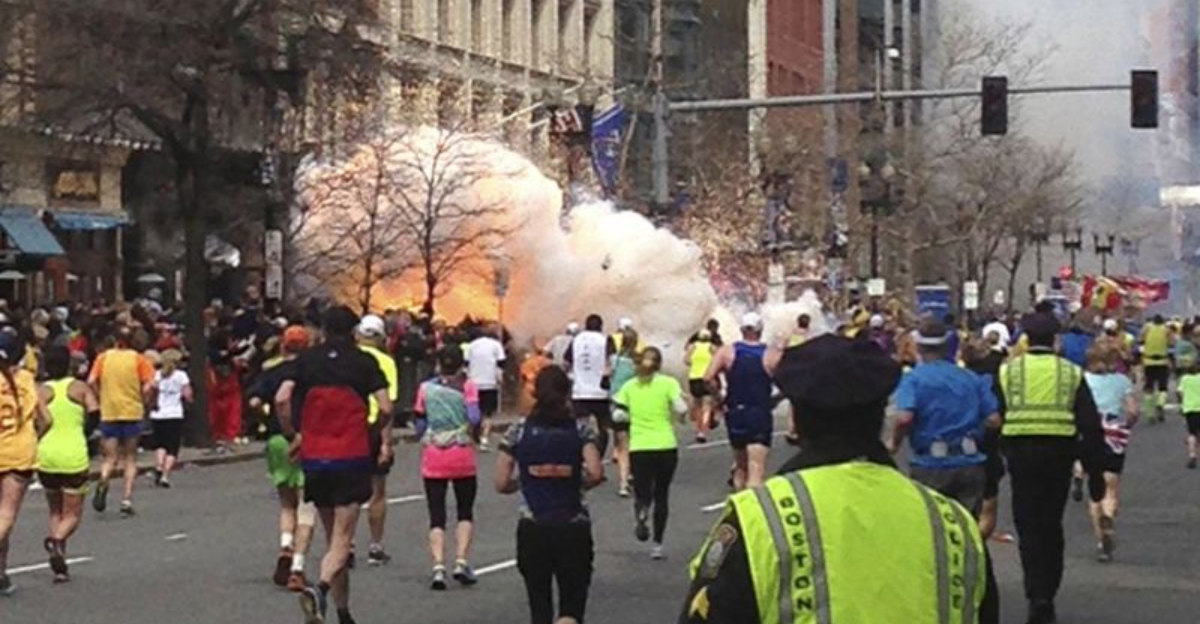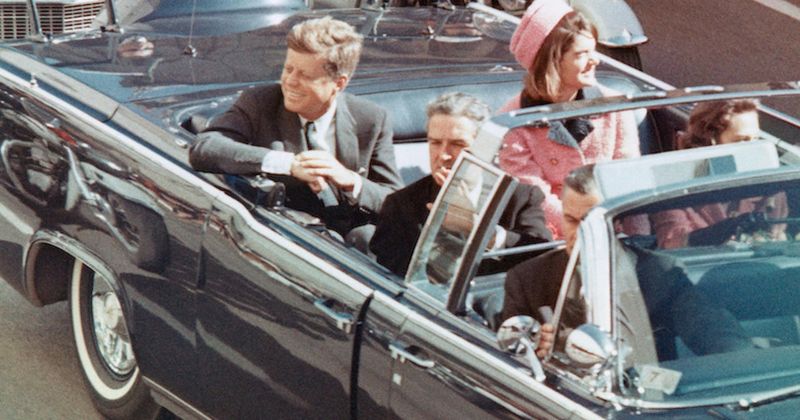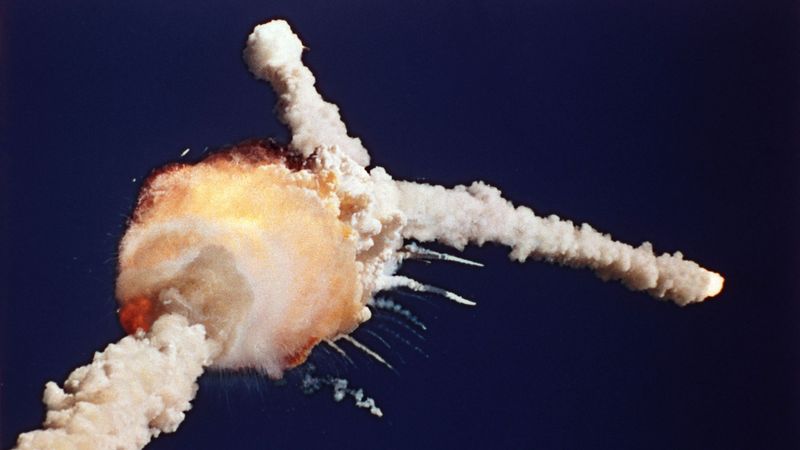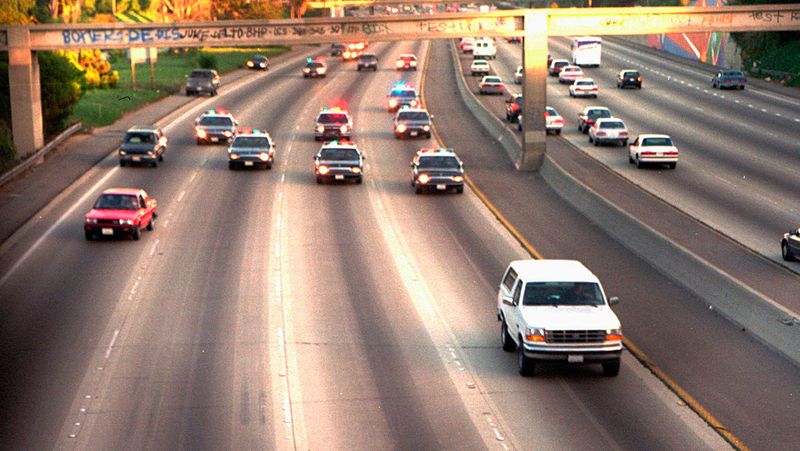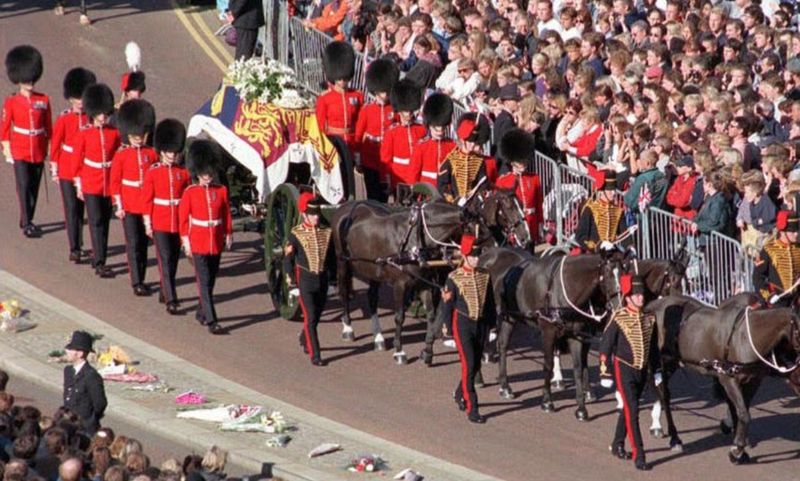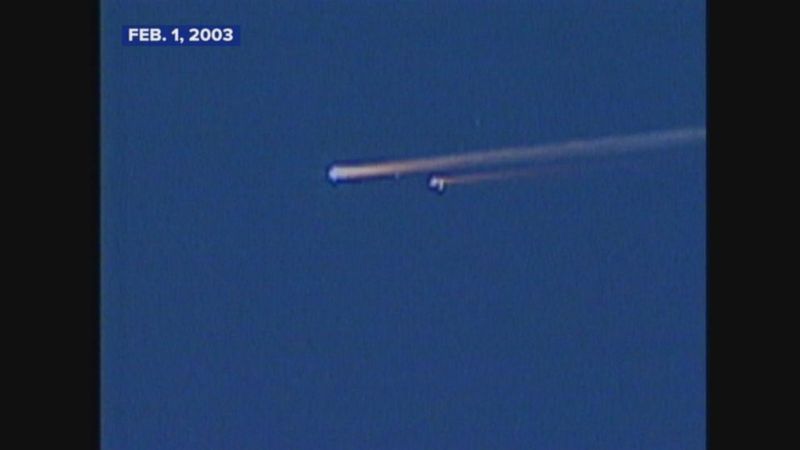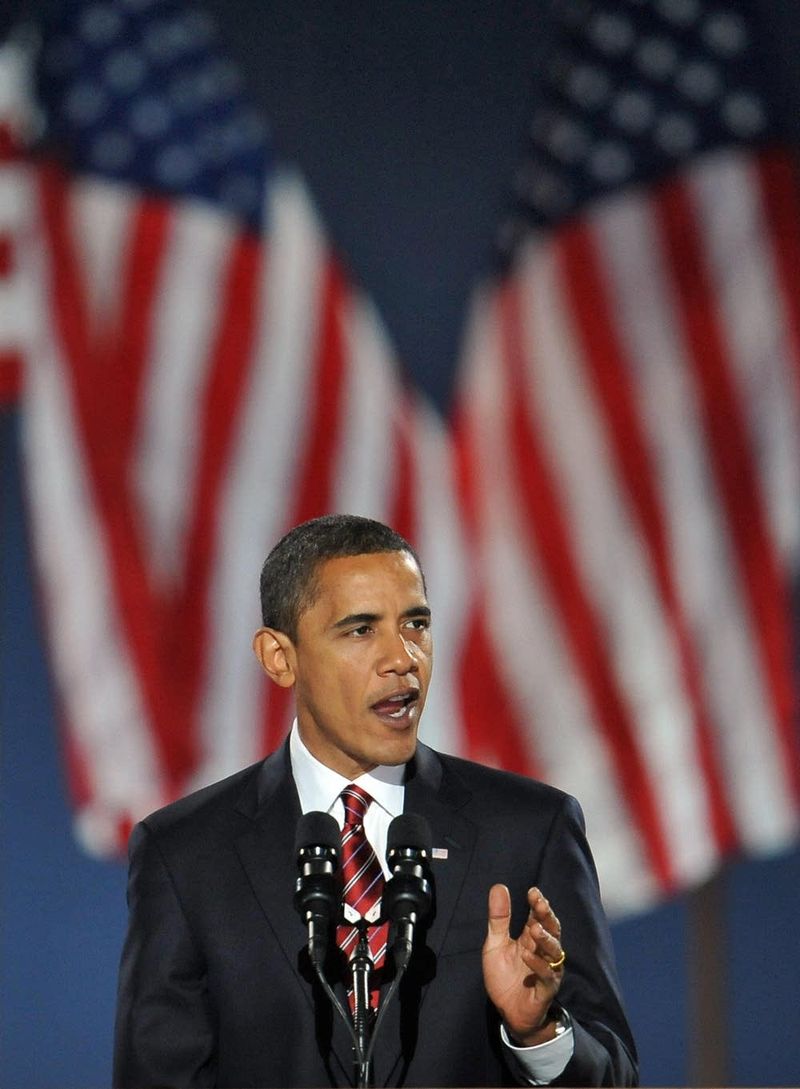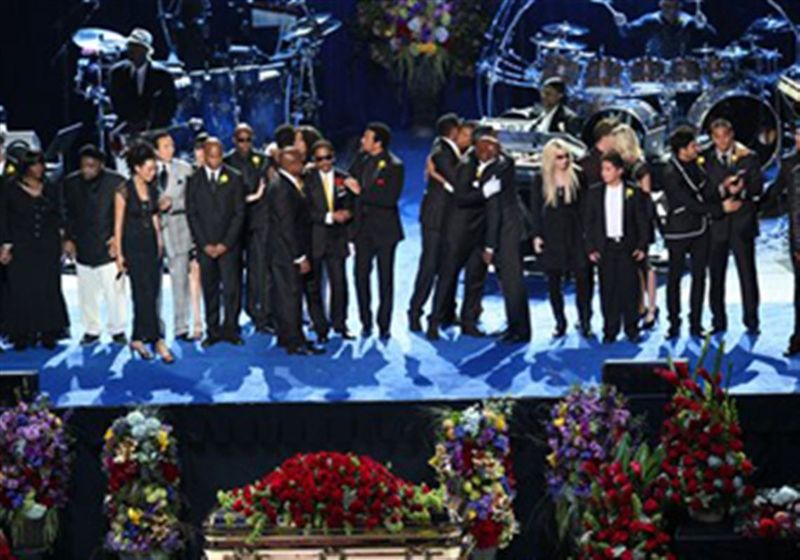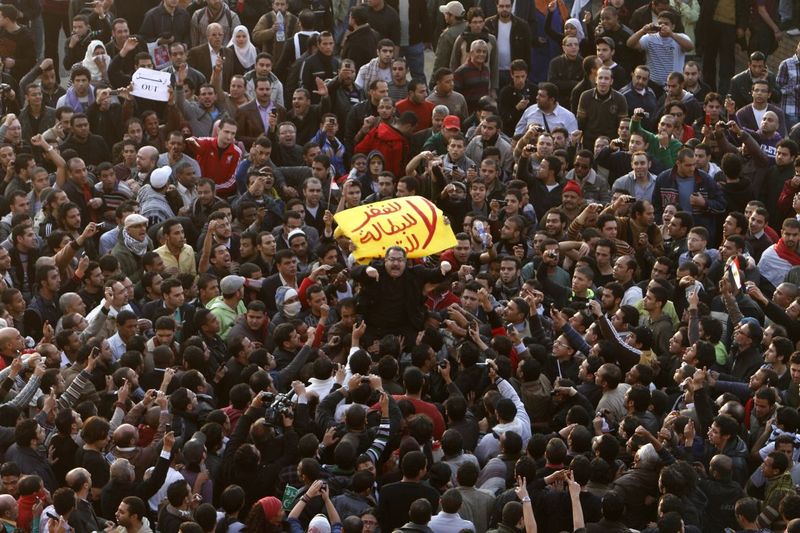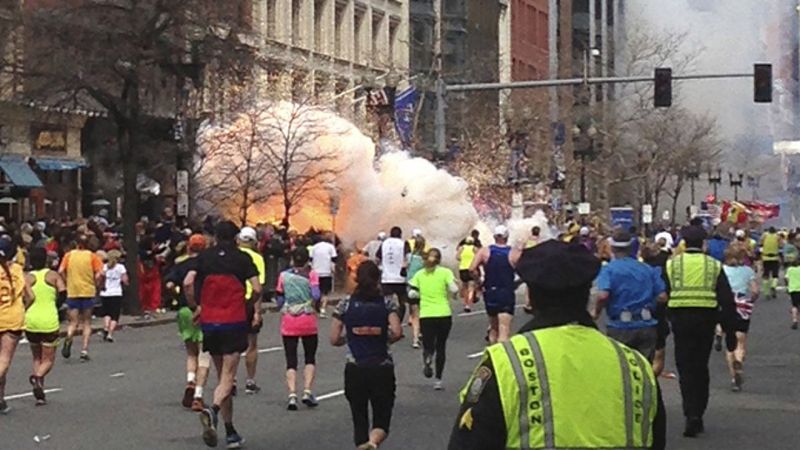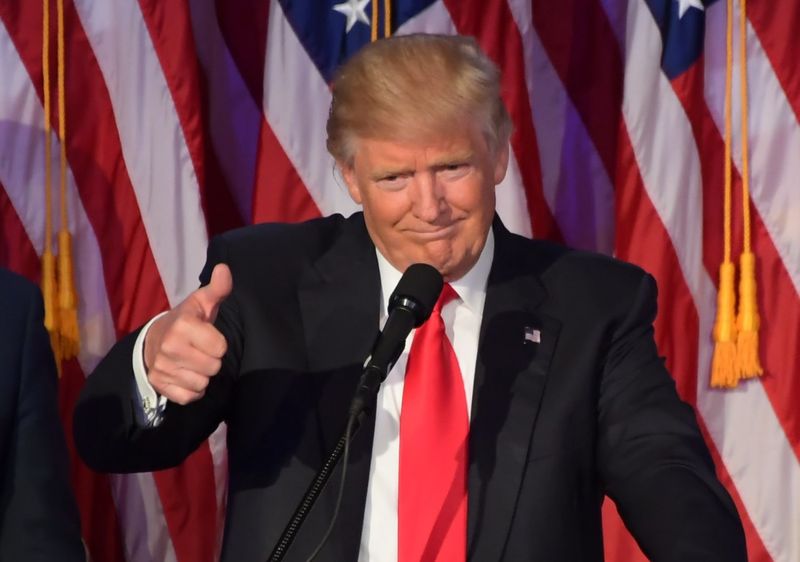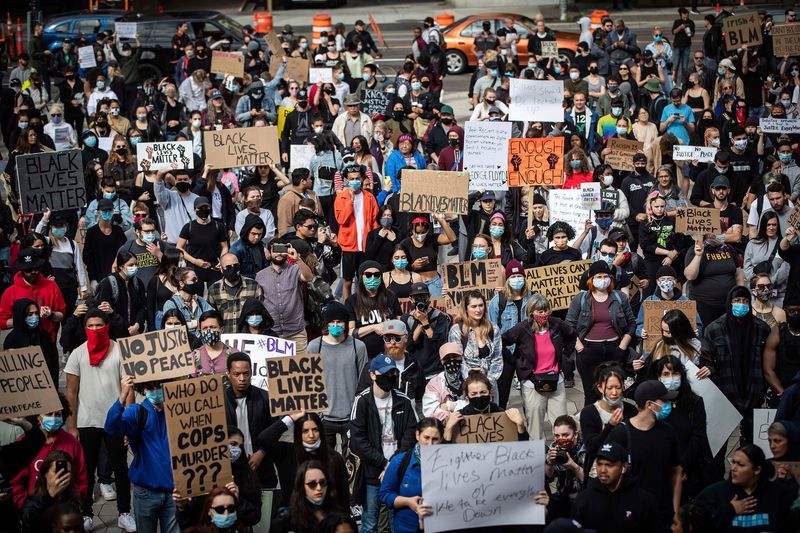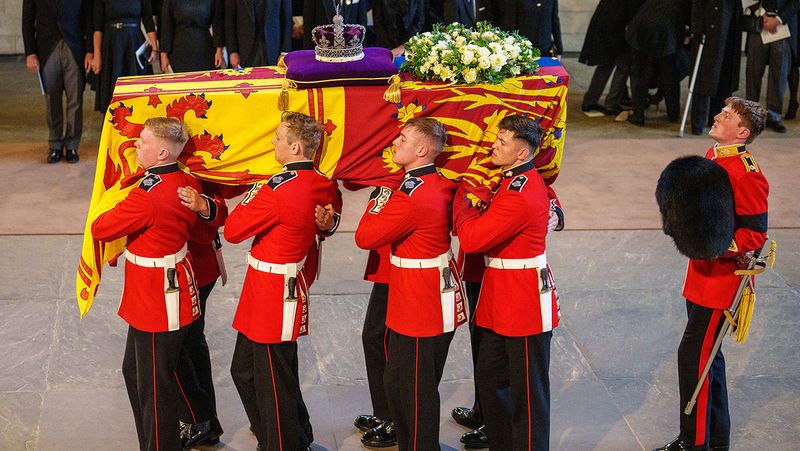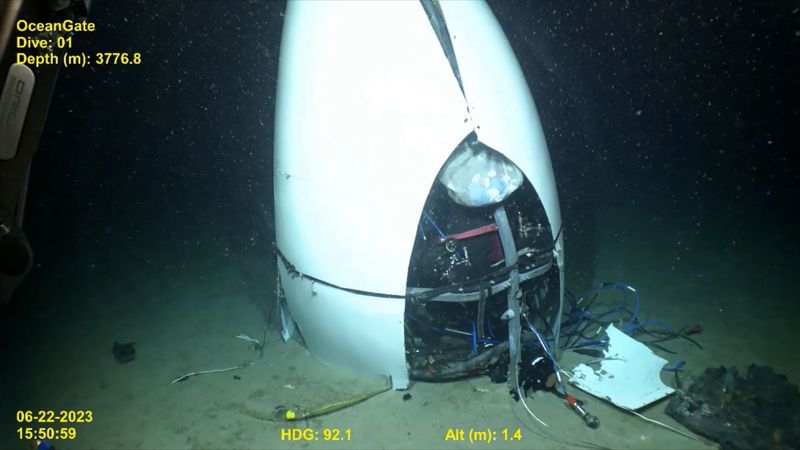Live television has delivered some of the most memorable moments in history, altering the way we perceive world events. From shocking tragedies to historic triumphs, these broadcasts have left an indelible mark on society, politics, and culture. Here, we explore 23 live TV moments that not only captured the world’s attention but changed the course of history forever.
1. The Assassination of John F. Kennedy (1963)
In 1963, a nation paused in disbelief as John F. Kennedy was assassinated. His motorcade shooting in Dallas was captured live, followed by a heart-wrenching announcement by Walter Cronkite. Television broadcasting had entered a new era. This event marked the first major televised tragedy, setting a precedent for future news coverage. The emotional impact was felt worldwide, changing how audiences would consume news forever. A mixture of shock and grief permeated the airwaves, making it a defining moment in media history.
2. The Moon Landing (1969)
When Neil Armstrong took his historic step onto the moon in 1969, the world stood still. “That’s one small step for man,” he declared, as 650 million people watched this monumental achievement live. The broadcast became a symbol of human potential and Cold War rivalry. As Armstrong’s foot touched the lunar surface, a collective gasp echoed across the globe. His words inspired generations, marking the dawn of space exploration. This broadcast demonstrated television’s power to unite and inspire.
3. The Watergate Hearings (1973-74)
The Watergate Hearings from 1973 to 1974 were a gripping saga of political scandal that unfolded before a live audience. This unprecedented event exposed President Nixon’s cover-up, leading to his eventual resignation. The televised hearings captivated millions, as each revelation further eroded public trust in government. This moment reshaped the landscape of investigative journalism, emphasizing the importance of transparency and accountability. Audiences were riveted by the unfolding drama, forever changing the relationship between politics and media.
4. The Challenger Disaster (1986)
On a chilly January day in 1986, an eager world watched as the Challenger Space Shuttle launched, only to witness a tragic explosion. The loss of all seven astronauts, including teacher Christa McAuliffe, was a devastating blow broadcast live. This catastrophe sent shockwaves through NASA and the nation, prompting major safety reforms. The disaster emphasized the inherent risks of space exploration. As the shuttle’s plumes filled the sky, the event became a somber reminder of human vulnerability.
5. The Fall of the Berlin Wall (1989)
In 1989, the world watched with bated breath as the Berlin Wall, a symbol of division, came crashing down. The live broadcast of Germans celebrating this momentous occasion marked the end of the Cold War and Soviet dominance in Eastern Europe. It was a vivid display of elation and hope, as families reunited and newfound freedoms were embraced. This historic event reshaped geopolitics, altering the course of history. The fall of the wall became a symbol of unity and liberation.
6. O.J. Simpson’s Bronco Chase (1994)
June 17, 1994, saw millions glued to their screens as O.J. Simpson engaged in a slow-speed chase across Los Angeles. Cameras followed the infamous white Bronco, driven by a suspect in a double murder case. This surreal broadcast transformed media coverage of celebrity crimes forever. The chase blurred lines between news and entertainment, sparking debates about media ethics. It was a spectacle that captivated a nation, illustrating television’s power to influence public perception and drive sensationalism.
7. Princess Diana’s Funeral (1997)
The world mourned as Princess Diana was laid to rest in 1997, watched by over 2.5 billion viewers. Her funeral was a poignant tribute, with Elton John’s “Candle in the Wind” resonating throughout. This live broadcast was a profound global outpouring of grief, reshaping the British monarchy’s PR approach. The world joined in collective sorrow, celebrating Diana’s life and legacy. Her passing sparked discussions on media accountability and privacy, forever altering public relations strategies.
8. 9/11 Attacks (2001)
September 11, 2001, a day etched in history, unfolded live on television as the World Trade Center was attacked. The horrifying image of the second plane striking the towers was seared into global consciousness. This event transformed international politics, security measures, and media coverage of terrorism. The live coverage conveyed the magnitude of the tragedy, profoundly impacting viewers. It was a defining moment that united a grieving world, reshaping global dynamics and prompting a reevaluation of priorities.
9. Columbia Space Shuttle Disaster (2003)
The tragic disintegration of the Columbia Space Shuttle in 2003 played out on live television, once again shaking confidence in NASA. As the shuttle broke apart upon re-entry, a nation watched in disbelief. This catastrophe marked another somber chapter in space exploration, highlighting the inherent risks. The disaster led to the end of the shuttle program, prompting reevaluations of safety protocols. The live broadcast conveyed the gravity of the loss, leaving a lasting impression on space science.
10. Barack Obama’s Election (2008)
In 2008, history was made as Barack Obama was elected the first Black U.S. president. His victory speech in Chicago was broadcast live, symbolizing a monumental shift in American politics and civil rights. The election marked a new era of progress and unity, inspiring hope across the globe. The live coverage captured the joy and pride of millions who saw Obama as a harbinger of change. His election was a testament to the power of democracy and the promise of equality.
11. Michael Jackson’s Memorial (2009)
The world bid farewell to the King of Pop in 2009, as Michael Jackson’s memorial was broadcast live from the Staples Center. Fans and stars alike gathered to celebrate his life and legacy, making it one of the most-watched celebrity events. The memorial was a testament to Jackson’s enduring influence on music and culture. The live broadcast captured the collective mourning and admiration for an icon who touched millions. His passing reignited discussions on fame, privacy, and media scrutiny.
12. The Arab Spring (2011)
The Arab Spring of 2011 was a revolutionary wave that swept through the Middle East, fueled by live broadcasts and social media. Protests in Tunisia, Egypt, and Libya were aired globally, inspiring citizens to demand change. The live coverage showcased the power of grassroots movements in toppling dictatorships. It was a testament to the role of media in political change and the interconnectedness of modern society. The broadcasts captured the fervor and determination of those fighting for freedom.
13. Osama bin Laden’s Death Announcement (2011)
In a late-night address in 2011, President Obama announced the death of Osama bin Laden, the mastermind behind the 9/11 attacks. The live announcement marked a symbolic victory in the War on Terror, offering closure to many affected by bin Laden’s actions. It was a moment of triumph and reflection, broadcast worldwide. The coverage highlighted the complexity of global security and the ongoing fight against terrorism. It was a defining moment in 21st-century history and American resilience.
14. Whitney Houston’s Funeral (2012)
In 2012, Whitney Houston’s funeral was broadcast live, offering fans a chance to say goodbye to a music legend. The star-studded ceremony was a poignant tribute to her life and talent, reinforcing the public’s fascination with celebrity culture. The live coverage captured the emotional farewells of friends and family, highlighting Houston’s impact on the music industry. Her passing sparked conversations on fame’s pressures and the challenges faced by artists. It was a celebration of her legacy and indelible mark.
15. Boston Marathon Bombing (2013)
The Boston Marathon Bombing in 2013 was a shocking act of domestic terrorism captured live on television. Viewers witnessed the chaos and heroism as first responders rushed to aid victims. The live coverage showed the explosions and subsequent manhunt for the Tsarnaev brothers, raising concerns about surveillance and security. It was a stark reminder of the threat of domestic terrorism and the resilience of communities. The broadcast conveyed the urgency and gravity of the situation, uniting viewers in solidarity.
16. Same-Sex Marriage Legalized (2015)
In 2015, the Supreme Court’s landmark decision in Obergefell v. Hodges legalized same-sex marriage across the United States. The live announcement was met with celebrations and tears of joy, marking a historic victory for LGBTQ+ rights. The broadcast captured the momentous occasion, as rainbow flags waved outside the Supreme Court. It was a pivotal moment in human rights history, inspiring hope and progress. The live coverage highlighted the power of love and equality, forever changing the social landscape.
17. Donald Trump’s Election (2016)
The unexpected election of Donald Trump in 2016 sent shockwaves across the globe. His victory speech, broadcast live, marked a seismic shift in U.S. politics and media polarization. The event was a turning point, reflecting deep societal divides and changing the political landscape. The live coverage captured the surprise and excitement of his supporters, while others grappled with the implications. It was a pivotal moment that reshaped political discourse, highlighting the power of populism and media influence.
18. Notre-Dame Cathedral Fire (2019)
In 2019, the world watched in horror as the iconic Notre-Dame Cathedral in Paris was engulfed in flames. The live broadcast of the fire was a cultural tragedy that prompted worldwide donations for restoration. As the spire collapsed, a sense of loss reverberated globally. The event highlighted the importance of heritage preservation and the vulnerability of historic landmarks. The live coverage captured the emotional impact of losing a symbol of art and history, inspiring unity and resilience.
19. George Floyd Protests (2020)
The tragic death of George Floyd in 2020 sparked global protests against police brutality and systemic racism, broadcast live for the world to witness. The coverage of Black Lives Matter marches ignited a global racial justice movement, demanding accountability and change. As demonstrators peacefully protested, the live broadcasts conveyed a powerful message of unity and resilience. It was a pivotal moment in the fight for equality, highlighting the ongoing struggle for civil rights. The coverage inspired reflection and action worldwide.
20. Capitol Riot (2021)
The world watched in disbelief as the U.S. Capitol was stormed by rioters on January 6, 2021, broadcast live across networks. This unprecedented attack on democracy led to chaos and violence within the halls of governance. The event marked a historic breach, prompting Trump’s second impeachment. The live coverage conveyed the urgency and danger of the situation, as lawmakers were evacuated. It was a sobering moment that highlighted divisions and the fragility of democratic institutions, prompting reflection and reform.
21. Queen Elizabeth II’s Funeral (2022)
The world bid a somber farewell to Queen Elizabeth II in 2022, as her state funeral drew an unprecedented 4 billion viewers. The live broadcast marked the end of an era, celebrating the life of the longest-reigning British monarch. The event was a poignant reflection on her enduring influence and legacy. The coverage captured the solemnity and grandeur of the occasion, uniting viewers in tribute. It was a moment of remembrance and reflection, honoring the Queen’s unwavering dedication to her nation.
22. Russia Invades Ukraine (2022)
In 2022, the world witnessed the largest European conflict since WWII as Russia invaded Ukraine. Live reports from Kyiv depicted the devastation and resilience of Ukrainians. The broadcast reshaped global alliances and geopolitics, highlighting the fragility of peace. As missiles struck and troops advanced, the live coverage conveyed the gravity of the situation. It was a stark reminder of the consequences of war and the strength of those who fight for freedom. The event united nations in support and solidarity.
23. Titan Submersible Implosion (2023)
The desperate search for the lost Titan submersible in 2023 played out live, capturing the world’s attention. The tragic implosion raised debates on the safety of deep-sea exploration and media sensationalism. As rescue efforts unfolded, the live coverage conveyed the urgency and danger of the mission. The event highlighted the challenges of exploring uncharted depths and the relentless pursuit of knowledge. It was a somber reminder of the risks and rewards of pushing the boundaries of human exploration.
